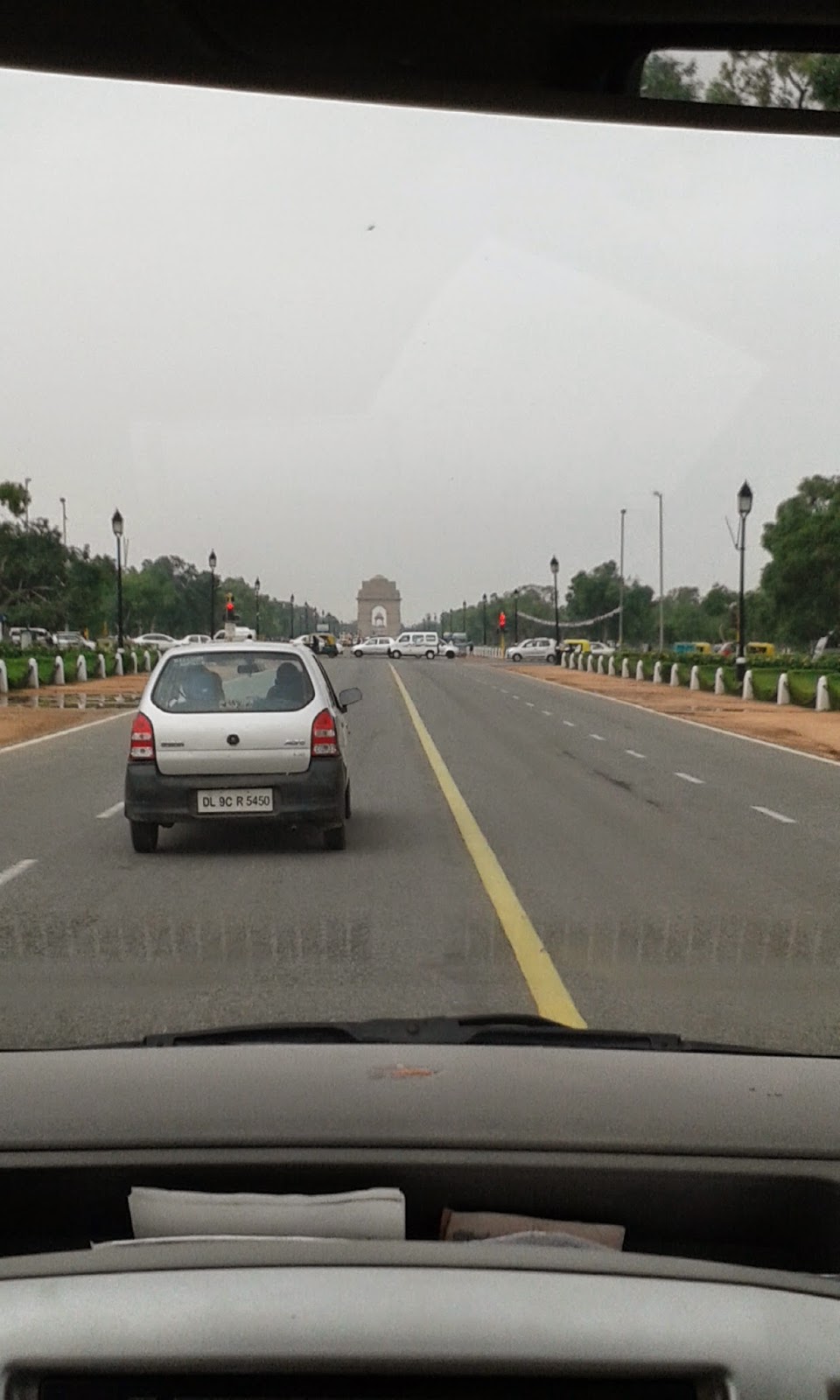It is a pity that the government and perhaps also the Prime Minister Narendra Modi have apparently so far refused to see the constitutional tension that has been created and the damage it has done to the dignity – whatever left out – to the gubernatorial post.
The jinx everyone is talking about
Mizoram Governor gubernatorial post is unprecedented. In little over last 2
months, Mizoram has had four Governors, something of a record. It started with
reshuffle of Governors, the Modi government wanted to make in order to pave the
way for some resignation and create vacant slots for some of its own old guards
who needed to be provided with ‘loaves and fishes’ of BJP coming to power.
On July 6, the then Mizoram Governor, V Purushothaman was transferred to Nagaland, others who came and went by include
Kamla Beniwal, V K Duggal and then former Maharashtra Governor K
Shankaranarayan who resigned soon after the appointment orders were signed by
the President Pranab Mukherjee.
Lately, another person K K Paul was given additional charge.
But there is another version, a shrewd
political star Modi and his Home Minister Rajnath Singh realize well the
various pros and cons of the bizarre episode. The so called ‘subversion’ of the
Constitution vis-à-vis the Governor’s office in the country is nothing new. The
Congress has done it nakedly in the past and now the BJP is on its footsteps.
The so called ‘Congress-ization’ of BJP cannot be complete without the saffron
party running the art of using and abusing the offices of Governors. If today,
despite all optimism about effective governance and growth-oriented
developmental works, an impression lingers that the ruling dispensation has
been guided by partisan interests in doing what it has done with Governors so
far, it is its own making.
But the Modi government has its compulsions also. Insiders in the corridors of power suggest even if the Prime Minister was reluctant to act so fast and so unconcealed manner against the institution of Governors, the compulsion of real polity prevailed.
 |
| Modi with 'original Ram Bhakt' Kalyan Singh |
In Uttar Pradesh, BJP faced a peculiar
situation. Firstly, it needed a party-friendly Governor as law and order
situation is fast deteriorating and the centre had to be in loop over key
issues. The former UP Governor B L Joshi was a UPA appointee and reportedly
enjoyed good personal rapport with Mulayam Singh Yadav, father of UP chief
minister Akhilesh.
Hence after easing out Joshi, they brought in a hardcore BJP
man from Mumbai, Ram Naik. Secondly and perhaps more importantly, senior party
leaders and potential trouble makers in Amit Shah’s scheme of things for 2017
assembly election in UP, had to be ejected outside the state. Hence, the
vacancies in Jaipur and Kolkata could be filled in by old war horses like
Kalyan Singh and Keshari Nath Triapathi. A disciplinarian like Tripathi could
be also helpful to the BJP in its 2016 Bengal
assembly polls against mercurial Mamata Banerjee.
So, according to BJP sources, the
bizarre Mizoram experience about shuttling Governors is purely incidental if
not accidental!
But a astute politicians like Narendra Modi and Rajnath Singh could also turn this as a pretext to spark off a debate essentially on two things – first the need to bring in amendments in the clause on appointments and transfers of Governors vis-à-vis change of government in the centre and secondly, on the futility of the institution of Governors itself. In the major overhauling of administration, the Prime Minister reportedly is not adverse to the concept of doing away with the offices of Governor.
The real and final answer to this
puzzle however remains in the womb of time.
It goes without saying that the
founding fathers of the Constitution had thought of the Governor’s role as a
means of balancing the pulls and tensions of a federal polity. But it is also
true that the Governor’s role over the years has come to be viewed as a device
for an authoritarian Centre to curtail the autonomy of the states and
especially the powers of regional players. A question often remains unanswered
is why did the framers of Constitution not expressly ensure security of tenure
or enact any safeguards against the arbitrary removal of the Governor.
Lately, while a big fuss is being made
about ‘horse trading’ issue in Delhi assembly visa-a-vis the role of the Lt
Governor Najeeb Jung, in 1992 the Congress-led P V Narasimha Rao regime had
dismissed then Nagaland Governor, the Late M M Thomas just because he
disallowed Congress to do any horse trading and had dissolved the Nagaland
assembly.
 |
| Jamir and his wife at Gandhiashram in Ahmedabad |
All these bring us to the oft-repeated argument about the merits of the Sarkaria Commission report, which had in unambiguous manner said, the number of Governors who has displayed integrity, impartiality and statesmanship “has been on the declining side”.
It further said: “discarded and
disgruntled politicians from the party in power ….tend to function as agents of
the union Government”. These issues need to be revisited by the incumbent Modi
regime in its forward movement towards implementing its foremost sacred pledge,
the effective governance.
##Tail Piece:
In the midst of replacing of so many
Governors, the irreplaceable S C Jamir, the Odhisa Governor, seems to survive
by design or default. Ironically, he was perhaps the only Governor appointed by
UPA who had dismissed BJP government headed by Manohor Parrikar in Goa in 2005 after BJP had proved its strength in the
assembly.






No comments:
Post a Comment